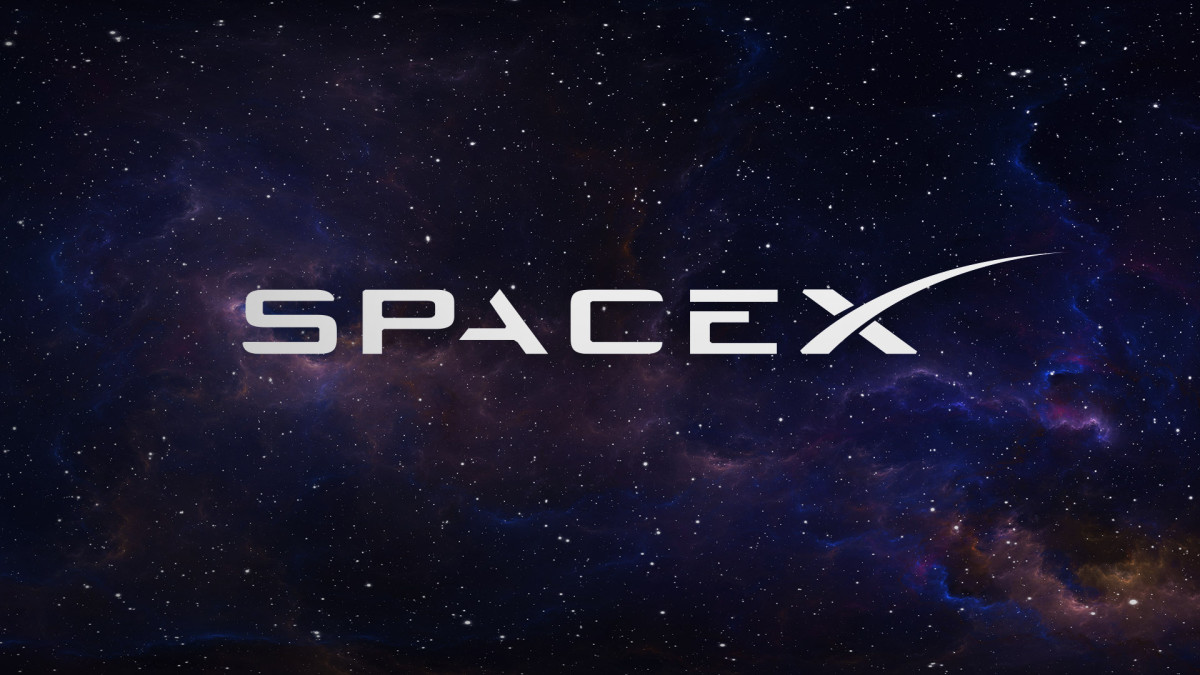lipflip – SpaceX’s Starlink is expected to secure $300 million in federal funding through the Broadband Equity, Access, and Deployment (BEAD) program. The initiative, backed by $42.5 billion, aims to expand high-speed internet access in underserved areas across the United States. So far, 36 states and US territories have submitted proposals, shaping the way these funds will be distributed.
Read More : OpenAI Uses Its AI Tools to Create Animated Movie
The BEAD program, originally focused on fiber expansion, underwent a major shift in June. The Trump administration introduced new guidelines promoting “technology neutrality,” allowing satellite internet providers like Starlink to compete more directly for funding. This change reduces priority on fiber infrastructure and opens the door for more cost-effective, rapid-deployment options.
Wes Robinson, a director at Eastex Telephone Cooperative, highlighted Starlink’s funding boost and noted additional support for community anchor institutions such as schools and libraries. Starlink, which currently delivers speeds between 100Mbps and 300Mbps, already serves much of the US without subsidies. Critics argue that the company shouldn’t receive federal funds when fiber can deliver gigabit speeds at a lower long-term cost.
Despite the criticism, SpaceX maintains that it can deliver internet to BEAD-designated areas faster and more affordably than fiber networks. The company has also confirmed plans to upgrade Starlink’s capabilities to reach gigabit speeds, potentially addressing one of the key concerns raised by fiber proponents.
Controversy Surrounds Federal Support as Satellite Rivals Compete for BEAD Allocations
The decision to favor satellite technology in BEAD allocations has sparked debate among telecom stakeholders, consumer advocates, and policymakers. While the revised BEAD framework aims to close broadband gaps more quickly. Some experts question whether it sacrifices long-term efficiency and performance.
Fiber-optic networks, though expensive and time-consuming to install, offer consistent high-speed service with minimal latency. Starlink, while easier to deploy in remote areas, depends on low-Earth orbit satellites and remains subject to weather and congestion issues. Critics also argue that companies like SpaceX already operate in these regions and should not rely on public funding.
Nonetheless, Starlink’s supporters point to the company’s proven ability to deploy rapidly and serve users in difficult-to-reach areas. SpaceX argues that the $300 million in funding will allow it to connect BEAD-targeted locations almost immediately, something fiber providers may take years to accomplish.
Read More : Google to Pay $425M in Landmark App Data Privacy Case
Meanwhile, Amazon’s Project Kuiper is set to receive at least $124 million to serve more than 200,000 locations. Though the service has not yet launched, it remains a major contender in the growing satellite broadband market. The revised BEAD guidelines now give emerging providers a clearer path to compete.
Looking forward, the effectiveness of this approach will depend on execution. If satellite providers can deliver on speed and reliability promises. The shift in funding strategy could mark a turning point in national broadband policy. The coming years will reveal whether fast deployment trumps long-term infrastructure in America’s race to close the digital divide.
